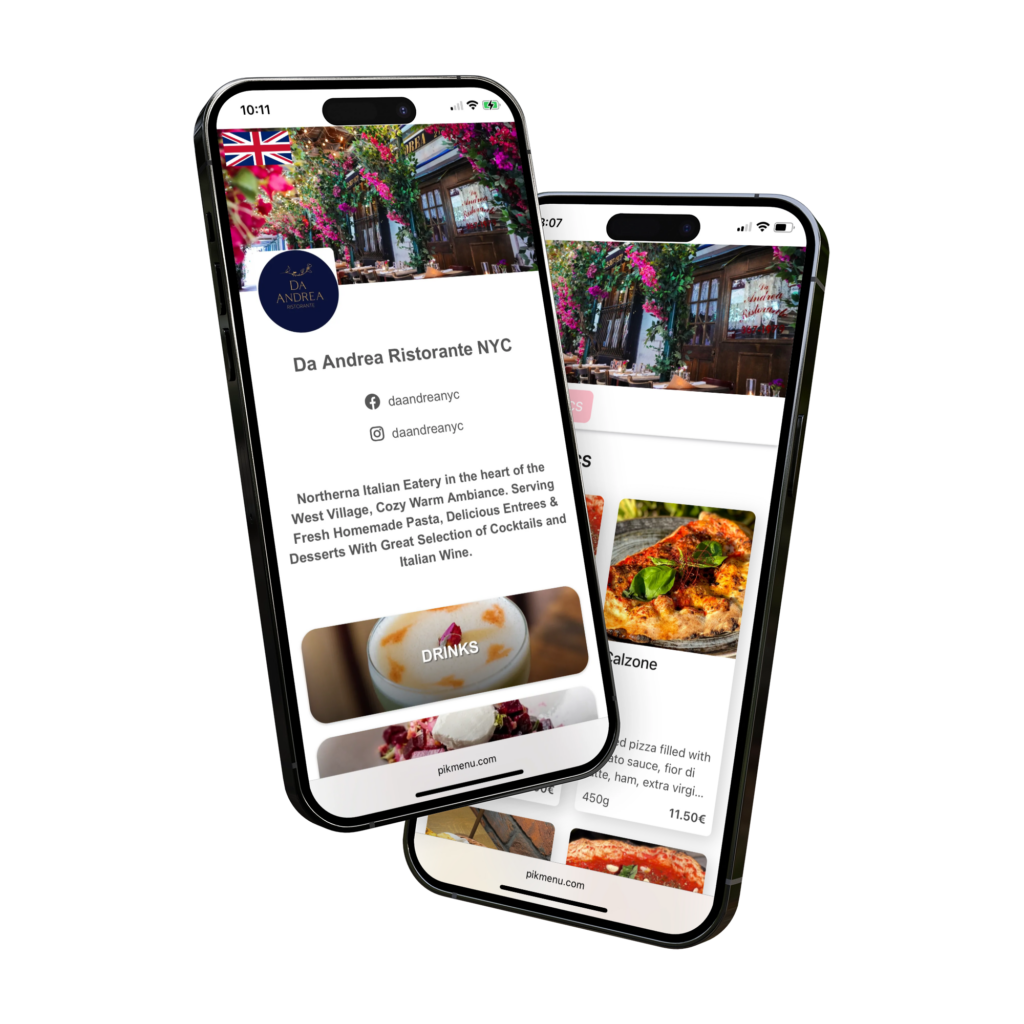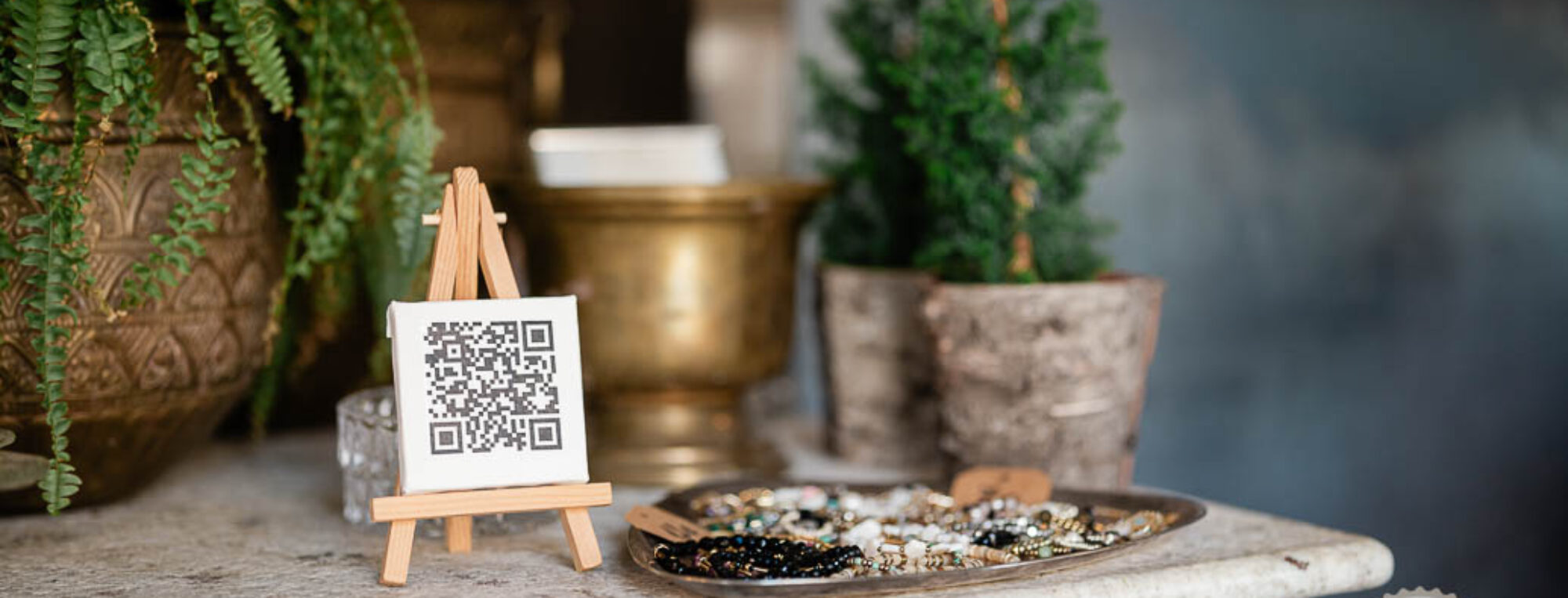In the bustling world of restaurants, a menu is far more than just a list of dishes and beverages. It’s a silent salesperson, a crucial marketing tool, and a reflection of your brand’s personality. A well-designed menu can attract customers, boost profitability, and enhance the overall dining experience. This comprehensive guide will walk you through the entire menu creation process, from initial concept to final design, and show you how pikMenu.com can simplify every step.
Understanding Your Restaurant’s Identity and Target Audience
Before diving into aesthetics, it’s essential to determine your cuisine, target customers, and price points. This isn’t just about what food will be served, but also to whom it’s being served and what experience you aim to create. This foundational step directly influences design choices like fonts, colors, and even the number of items. By guiding users through this strategic thinking before they even open a design tool, you position yourself as a comprehensive partner, not just a utility. This builds trust and demonstrates a deeper understanding of business needs, increasing the likelihood of trial conversion.
Selecting and Organizing Menu Items
Once your restaurant’s identity is defined, it’s time to solidify your menu items and logically categorize them. You can organize them by categories (e.g., soups, sandwiches, salads) or by courses (appetizers, main entrées, desserts).
How many items should be on a restaurant menu? Research indicates that too many options can lead to a „paradox of choice,“ where customers feel confused and may pick a „safe“ option instead of exploring new ones. Cognitive psychology suggests most people can only retain seven pieces of information at a time. This leads to a recommendation of 3-7 items within clearly defined categories. For restaurant owners, it’s crucial to focus on quality over quantity and ensure the kitchen can efficiently produce all items. By providing this specific, actionable advice within the broader „how to create“ guide, you demonstrate expertise in optimizing restaurant operations and customer experience, which are direct benefits of a well-designed menu.
Crafting Enticing Menu Descriptions and Pricing
- Engaging Descriptions: Write captivating descriptions using evocative language that conjures images of the food in customers‘ minds. Use special symbols for dietary guidelines (e.g., gluten-free, vegetarian).
- Strategic Pricing: Pricing should incorporate market research, cost analysis, and competitive positioning. Interestingly, studies have shown that customers spend significantly more when prices are not accompanied by a currency symbol ($).
Menu Design Best Practices (Visuals and Layout)
Menu design is crucial for guiding customer attention and boosting sales.
- Customer Eye Movement: Consider how a customer’s eyes move across the menu. Some experts refer to the „Golden Triangle“ (center, then top right, then top left), where high-margin items should be strategically placed. Other theories suggest eyes go to the top of the page, top right corner, or that guests read like a book, starting top left. To cover your bases, place high-margin dishes at the top left, top right, and center of your menu.
- White Space: Use ample white space to prevent clutter and draw customer attention to important items. This improves aesthetics and ensures the guest isn’t overwhelmed.
- Boxes and Colors: Visually guide customer attention and highlight profitable menu items using boxes and colors.
- Fonts: Choose appropriate fonts (e.g., sans-serif for modern cuisine, serif for a luxurious experience) and limit yourself to a maximum of three different fonts to avoid overwhelming.
- Color Schemes: Select suitable color schemes that reflect the restaurant’s mood and theme and coordinate with interior design.
- Images and Text: Balance images and text to capture attention without distracting from descriptions.
How pikMenu.com helps with design: PikMenu.com is an intuitive tool that allows you to easily implement these design principles, even without prior design experience. Its features, such as customizable templates, font selection, image uploading, and brand integration (logos, colors), directly address these design needs. For a user who isn’t a designer or marketing expert, implementing these principles can be daunting. PikMenu.com simplifies this process, making the free trial offer a logical next step.

Physical vs. Digital Menu Considerations
Traditional menus can be printed on thin sheets of paper, laminated, or slipped inside plastic sleeves. However, digital menus are emerging as a modern, flexible alternative, especially for frequently changing menus.
Menu Maintenance and Updates
It’s important to keep your menu current, solicit customer feedback, and recalculate costs to protect profitability.
Ready to apply these tips? Our tool can help you.
Design your profit-boosting menu today with a free trial of pikMenu.com!


